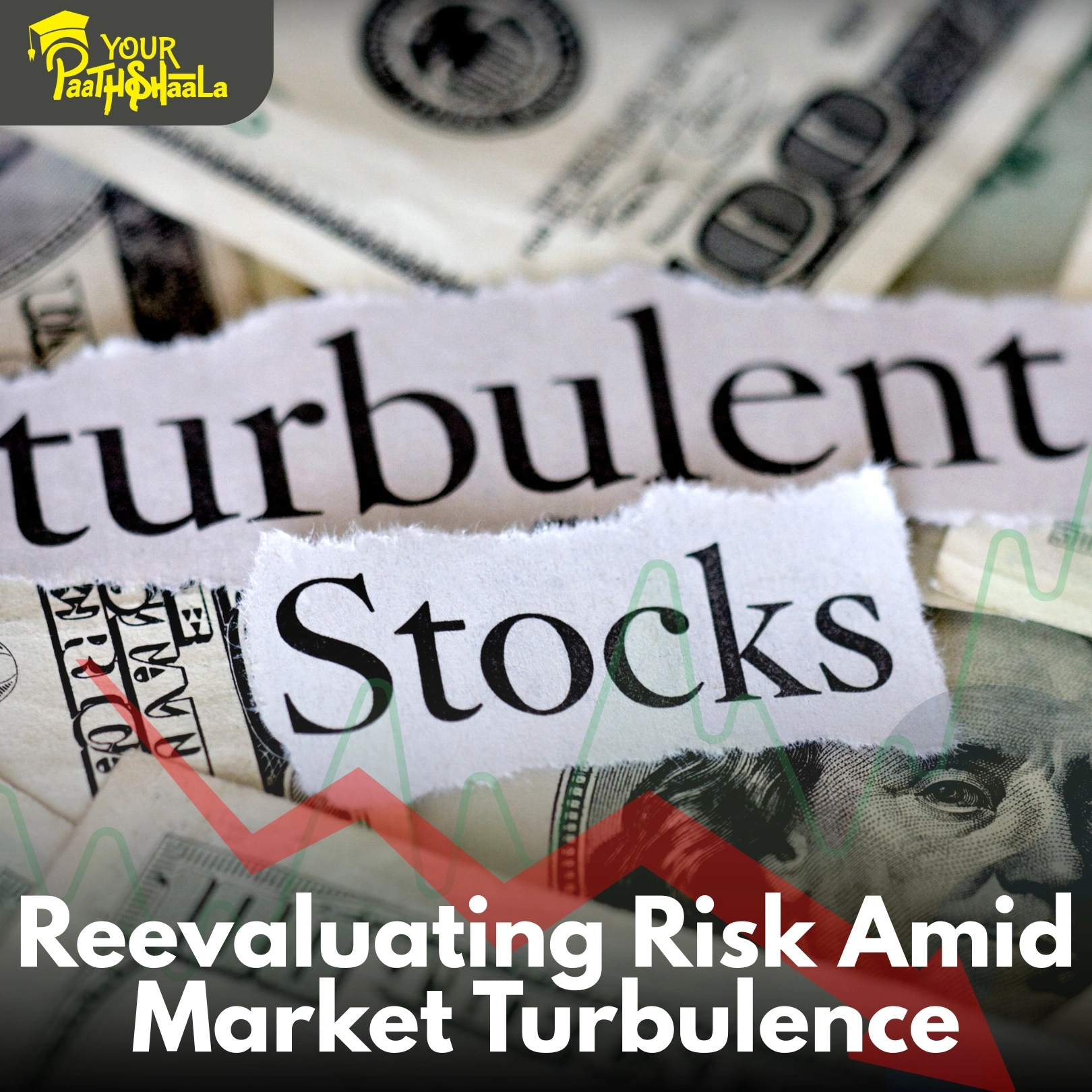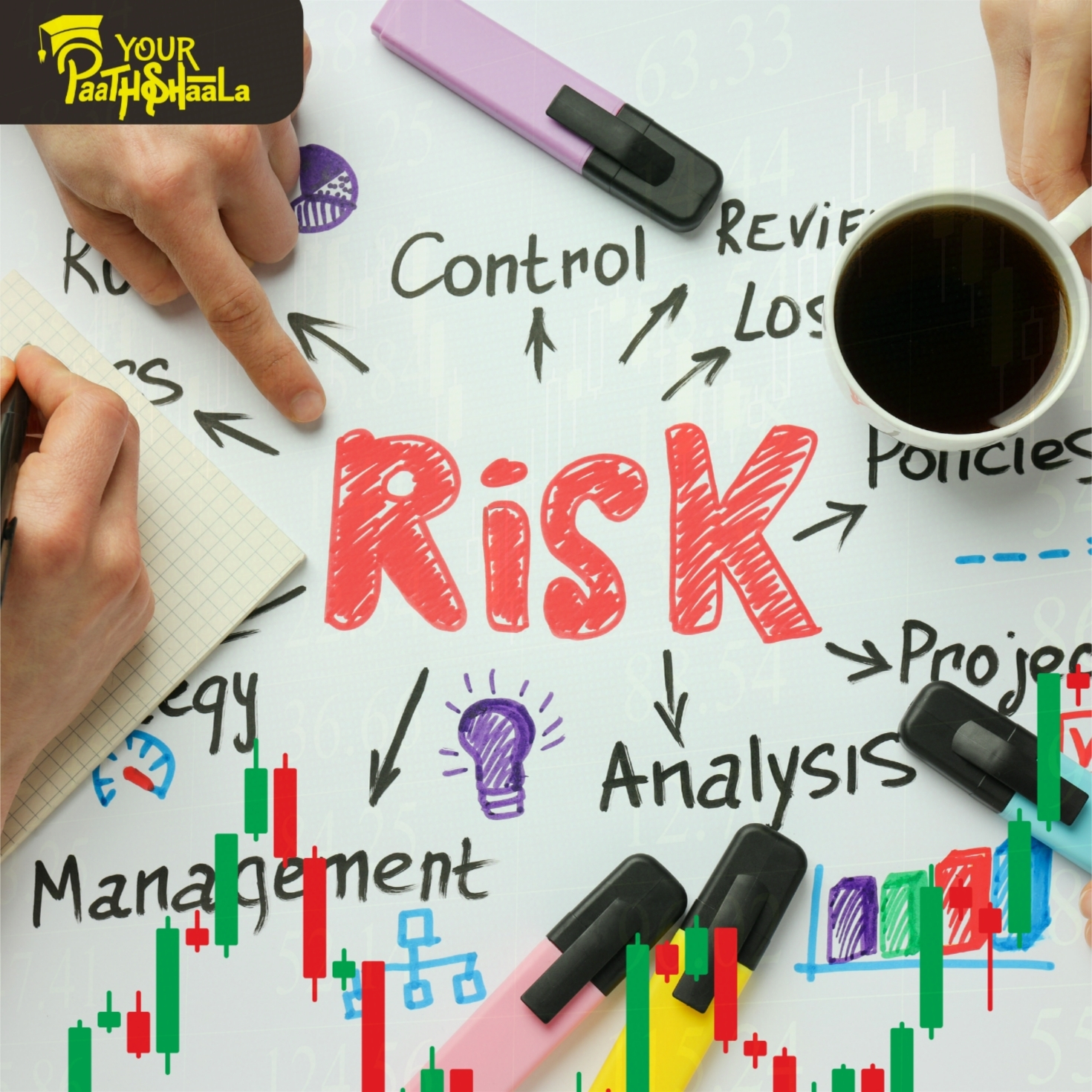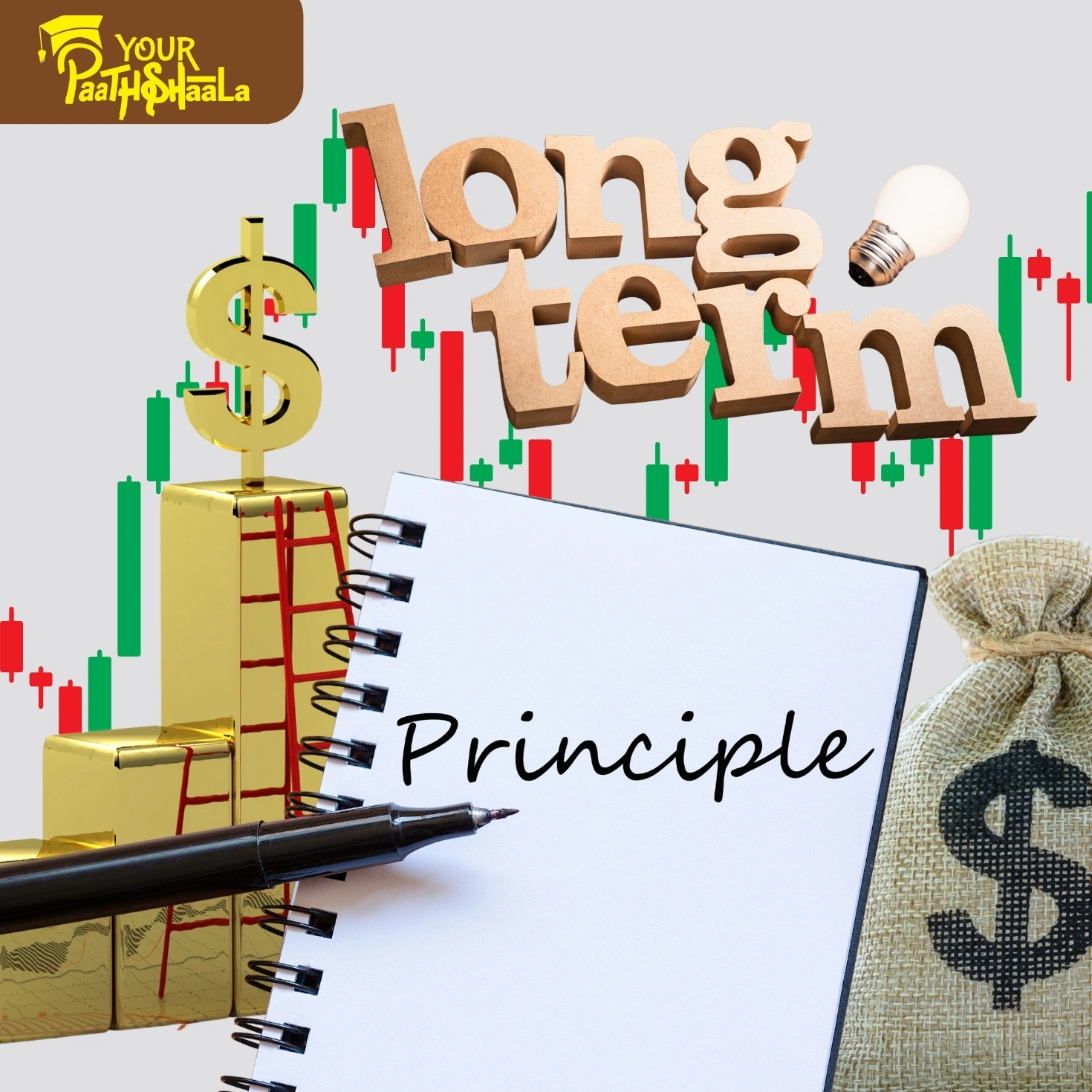Reevaluating Risk Amid Market Turbulence: How Investors Are Adapting in 2025
Market turbulence has become a defining feature of 2025, prompting investors around the world to rethink their approach to risk. Volatile swings in stocks, bonds, cryptocurrencies, and other assets have challenged long-held assumptions about risk tolerance and investment strategy. In this environment, understanding both the psychological and practical aspects of risk is more important than ever. Behavioral finance sheds light on how emotions influence decision-making, while robust risk management strategies can help investors navigate uncertainty and protect their portfolios.
This comprehensive, SEO-friendly guide will explore why investors are reevaluating risk, how behavioral finance explains our reactions to market volatility, and what practical steps you can take to manage risk effectively in today’s unpredictable markets.
Why Investors Are Rethinking Risk in 2025
Recent Market Volatility
The past year has seen dramatic swings across asset classes. From sharp corrections in global equities to sudden moves in cryptocurrency and bond markets, investors have faced a series of tests. These events have forced many to reconsider their risk tolerance—the amount of risk they are willing and able to take in pursuit of returns156.
Changing Economic Realities
Economic uncertainty—driven by geopolitical tensions, shifting interest rates, and inflation—has made traditional safe havens less reliable. In response, investors are reassessing their portfolios and seeking strategies that balance growth with safety56.
The Impact of Experience
Many investors who previously considered themselves comfortable with risk have discovered, during recent downturns, that their emotional tolerance is lower than they thought. This realization is leading to more thoughtful, adaptive investment approaches17.
Understanding Risk Tolerance
What Is Risk Tolerance?
Risk tolerance is the degree of variability in investment returns that an investor is willing to withstand. It is shaped by both financial circumstances and psychological factors178.
Financial Capacity: This refers to your ability to absorb losses based on your income, savings, and financial obligations.
Emotional Resilience: This is your ability to stay calm and stick to your investment plan during market downturns.
Why Risk Tolerance Matters
Aligning your investment strategy with your true risk tolerance is essential for long-term success. If your portfolio is too aggressive, you may panic and sell at the worst possible time. If it’s too conservative, you may miss out on growth opportunities157.
How to Assess Your Risk Tolerance
- Review Your Financial Situation: Consider your income, expenses, debt, and financial goals.
- Reflect on Past Reactions: How did you feel during previous market downturns? Did you stay the course or make emotional decisions?
- Consider Your Time Horizon: Longer investment horizons generally allow for more risk, while shorter horizons require more caution78.
- Evaluate Your Goals: Are you investing for growth, income, or capital preservation?
Behavioral Finance: How Emotions Influence Investment Decisions
What Is Behavioral Finance?
Behavioral finance studies how psychological influences and biases affect the financial behaviors of investors and markets. It explains why people often make irrational decisions, especially under stress157.
Common Behavioral Biases
Loss Aversion: Investors feel the pain of losses more acutely than the pleasure of gains. This can lead to selling during downturns and missing out on recoveries.
Recency Bias: Investors give too much weight to recent events. After a market drop, they may become overly pessimistic; after a rally, overly optimistic.
Herd Mentality: Investors follow the crowd, buying when prices are high and selling when they are low.
Overconfidence: Some investors believe they can outsmart the market, leading to excessive risk-taking.
The Role of Stress and Anxiety
Market turbulence can trigger stress and anxiety, which in turn can lead to impulsive decisions. Recognizing these emotional responses is the first step toward better risk management17.
Practical Risk Management Strategies for 2025
1. Diversification
Spreading your investments across different asset classes (stocks, bonds, real estate, commodities, cash) can reduce risk and smooth out returns. Diversification helps ensure that a decline in one area does not devastate your entire portfolio67.
2. Asset Allocation
Adjust your mix of assets based on your risk tolerance and investment horizon. Younger investors with longer time horizons can afford to take more risk, while those nearing retirement should prioritize capital preservation57.
Sample Asset Allocations
| Investor Type | Stocks | Bonds | Cash/Equivalents | Other (Real Estate, Commodities) |
|---|---|---|---|---|
| Aggressive | 70-80% | 10% | 5% | 5-15% |
| Moderate | 50-60% | 30% | 10% | 0-10% |
| Conservative | 30-40% | 50% | 20% | 0% |
3. Regular Portfolio Review and Rebalancing
Markets move, and so should your portfolio. Regularly review your investments and rebalance to maintain your desired risk level. This means selling assets that have grown beyond your target allocation and buying those that have underperformed56.
4. Use of Low-Risk Investments
In times of heightened uncertainty, consider increasing your allocation to safer assets such as:
High-yield savings accounts
Money market funds
Certificates of deposit (CDs)
Government bonds and TIPS3
These investments offer lower returns but greater stability and liquidity.
5. Set Clear Stop-Losses and Exit Strategies
Define in advance how much loss you are willing to accept on any investment. Setting stop-loss orders can help you stick to your plan and avoid emotional decisions during market swings.
6. Build an Emergency Fund
Having cash reserves outside your investment portfolio ensures you won’t need to sell investments at a loss to meet unexpected expenses6.
7. Stay Informed, but Avoid Overreacting
Keep up with market news and trends, but don’t let short-term noise dictate your long-term strategy. Focus on your goals and the fundamentals of your investments15.
8. Seek Professional Advice
A financial advisor can help you assess your risk tolerance, design a tailored investment plan, and provide objective guidance during turbulent times56.
Warren Buffett’s 2025 Mantra: Adapt to Reality
Legendary investor Warren Buffett recently reminded investors that the world will not adapt to your risk tolerance—you must adapt to the world. If the idea of your portfolio dropping by 15% keeps you up at night, it’s time to reconsider your investment approach. Building resilience through education and experience is key to making informed decisions and staying the course during market turbulence1.
Real-World Examples: How Investors Are Adapting
Case 1: The Retiree Adjusts for Safety
A retiree, faced with recent market volatility, shifts more of her portfolio into bonds and dividend-paying stocks. She also increases her cash reserves to cover living expenses, reducing her exposure to market swings57.
Case 2: The Young Professional Embraces Volatility
A young professional with a stable income and long time horizon maintains a high allocation to equities, using market dips as opportunities to buy quality assets at lower prices78.
Case 3: The Family Balances Growth and Security
A family with children and a mortgage rebalances their portfolio to a moderate risk level, ensuring they have enough growth potential to meet long-term goals while protecting against short-term shocks57.
Frequently Asked Questions
Q: How do I know if my risk tolerance has changed?
A: If recent market volatility has caused you stress or led you to make impulsive decisions, it may be time to reassess your risk tolerance. Regular self-reflection and portfolio reviews can help57.
Q: What are the safest investments during market turbulence?
A: High-yield savings accounts, money market funds, CDs, and government bonds are among the safest options, offering stability and liquidity3.
Q: Should I change my investment strategy during a market downturn?
A: Avoid making drastic changes based on short-term events. Instead, review your strategy, rebalance your portfolio, and stay focused on your long-term goals56.
Q: How can I improve my emotional resilience as an investor?
A: Educate yourself about market cycles, diversify your portfolio, and set clear rules for when to buy and sell. Experience and knowledge build confidence and reduce anxiety17.
Q: Is it better to be aggressive or conservative in 2025?
A: There is no one-size-fits-all answer. Your strategy should reflect your risk tolerance, financial situation, and investment goals. A balanced, diversified approach is often the most effective57.
Conclusion: Navigating Risk in 2025
Market turbulence is a fact of life for investors, but it doesn’t have to derail your financial goals. By understanding your risk tolerance, recognizing the emotional biases that influence your decisions, and implementing sound risk management strategies, you can navigate uncertainty with confidence.
Key takeaways:
Recent volatility has prompted investors to reevaluate their risk tolerance and investment strategies.
Behavioral finance explains how emotions can lead to irrational decisions during market swings.
Proper risk management—through diversification, asset allocation, and regular portfolio review—is crucial for long-term success.
Adapting to market realities, rather than expecting the market to adapt to you, is the path to resilience and informed decision-making.
As Warren Buffett advises, “Reality won’t adapt to your risk tolerance—you have to adapt to reality.” By staying informed, disciplined, and flexible, you can weather market turbulence and achieve your financial objectives in 2025 and beyond.
Ready to reassess your risk tolerance and refine your investment strategy? Visit YourPaathshaala near 🏥 Anjali Children Hospital, Tagore Nagar, Mathpurena, Raipur (PIN: 492001, Chhattisgarh). Click the Call Now to contact us for expert guidance and personalized investment solutions tailored to today’s market realities!







